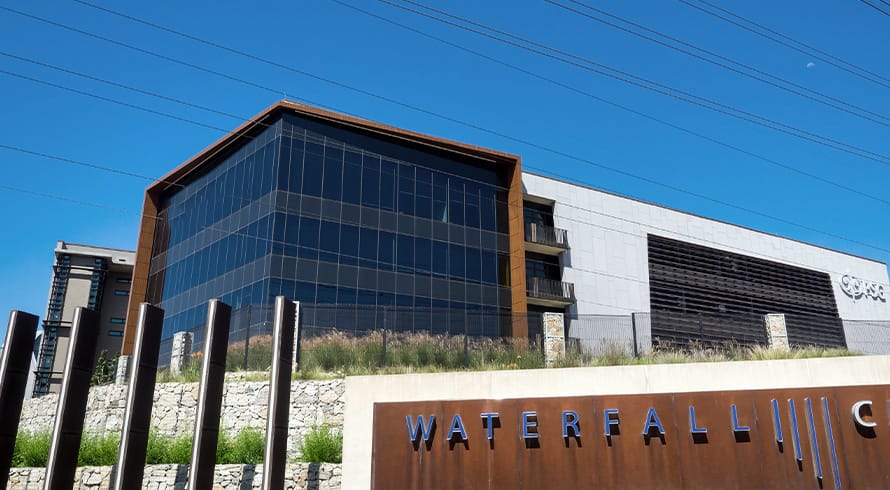Kicking for touch: The unintended consequences of suspending winding-up proceedings pending business rescue
At a glance
- Section 131(6) of the Companies Act allows a subsequent business rescue application to automatically suspend ongoing liquidation proceedings of a financially distressed company, causing delays in the liquidation process.
- The recent GCC Engineering case clarified that a business rescue application under section 131(6) only suspends the realization of company assets in liquidation but does not terminate the winding-up order.
- The provision of section 131(6) can be abused by colluding creditors and directors to delay the liquidation process and avoid scrutiny of the company's financial affairs, highlighting the need for a higher threshold and court approval for the suspension of winding-up proceedings.
Essentially, section 131(6) provides that, if liquidation proceedings have already been started by or against a financially distressed company, a subsequent business rescue application will automatically suspend those liquidation proceedings. But that suspension will only be until the court has adjudicated on the business rescue application; or until a court grants an order ending the business rescue proceedings.
In the recent judgment of GCC Engineering (Pty) Ltd v Maroos [2019] (2) SA 379 (SCA), the Supreme Court of Appeal (SCA) gave clarity to section 131(6). The court stated that an application for business rescue under section 131(6) only suspends the process of realising assets of the company in liquidation, and does not terminate the winding-up, whose ultimate aim is to distribute the proceeds to the various creditors. That means the winding-up order remains in place. The clarity provided by the SCA does not solve the problem, however. More so in instances where a business rescue application has been instituted in order to delay or frustrate the process of realising the company’s assets for the benefit of creditors.
The intentions of business rescue are noble: it allows a company under financial distress some breathing space so as to enable it, amongst other things, to restructure its affairs in such a way that it can continue to trade on a solvent basis. However, section 131(6), which places business rescue right in the middle of a liquidation, causes the unintended consequence of delaying the inevitable liquidation of a company that is hopelessly insolvent.
In practice, this situation often arises when a creditor, who happens to be sympathetic to the insolvent company, colludes with its directors and institutes a business rescue application in the face of imminent winding-up proceedings, in order to proverbially “kick for touch”. Often, a business rescue application is brought in order to avoid the appointed liquidators initiating an enquiry to investigate the financial affairs of the company prior to its demise, in an attempt to hold the directors accountable for their actions.
Typically, in order to succeed with an application for business rescue, an applicant is required to allege in its founding affidavit that there is a reasonable prospect that the company can be saved or that placing it in business rescue would facilitate a better return for creditors. In most cases, these applications fail to meet either threshold. Section 131(6) fails to provide a mechanism to discourage this abuse, and in many ways incentivises it.
Cautions against abuse of business rescue proceedings
As an illustration, in the case of Absa Bank Ltd v Newcity Group (Pty) Ltd [2013] 3 All SA 146 (GSJ), Sutherland J considered a business rescue application instituted by the sole shareholder and director of Newcity. He concluded that the application was not genuine but simply a “ruse”. He held that the business rescue application must be branded an abuse and refused the order by Newcity.
In the case of Blue Star Holdings (Pty) Ltd v West Coast Oyster Growers CC [2013] (6) SA 540 (WCC), Gamble J cautioned against the abuse of business rescue proceedings which are used;
“by an obstructive debtor intent on avoiding the obviously inevitable as part of its ongoing strategy to hinder a creditor from pursuing its lawfully permissible goal”.
The rationale behind section 131(6) is sensible, which is to help financially-distressed companies with a genuine chance of rescue from the bleak prospect of liquidation. However, it would be prudent for the Legislature to impose a higher threshold on prospective business rescue applicants. This can be done by amending section 131(6) to replace the automatic suspension of the winding-up proceedings with a requirement that a case must first be made out in order to justify the suspension of the winding up. Such an amendment will mean that winding-up proceedings can only be suspended by an application for business rescue under section 131(6) with the express leave of the court.
The information and material published on this website is provided for general purposes only and does not constitute legal advice. We make every effort to ensure that the content is updated regularly and to offer the most current and accurate information. Please consult one of our lawyers on any specific legal problem or matter. We accept no responsibility for any loss or damage, whether direct or consequential, which may arise from reliance on the information contained in these pages. Please refer to our full terms and conditions. Copyright © 2025 Cliffe Dekker Hofmeyr. All rights reserved. For permission to reproduce an article or publication, please contact us cliffedekkerhofmeyr@cdhlegal.com.
Subscribe
We support our clients’ strategic and operational needs by offering innovative, integrated and high quality thought leadership. To stay up to date on the latest legal developments that may potentially impact your business, subscribe to our alerts, seminar and webinar invitations.
Subscribe




